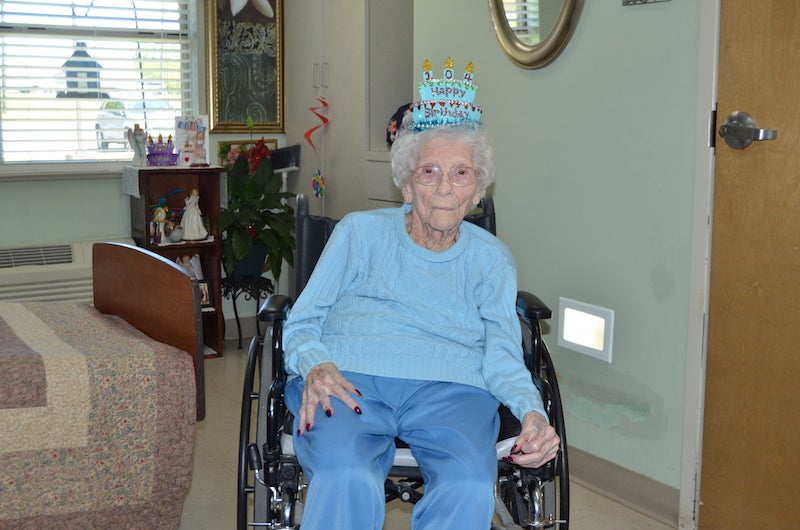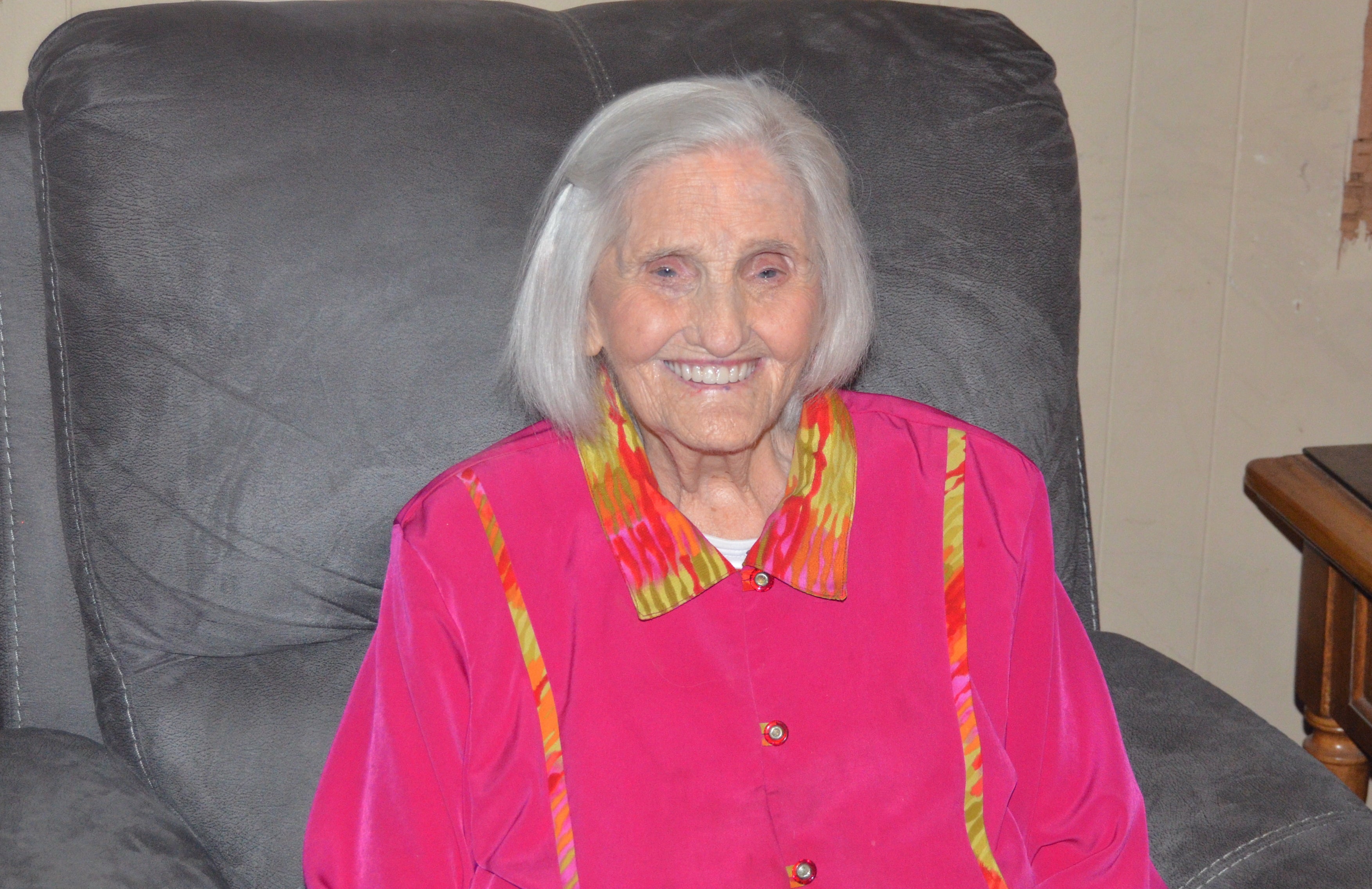Tuesday Night Book Club holds meeting
Published 9:50 pm Friday, February 13, 2009
Tuesday Night Book Club met at 7 p.m. on Jan. 27 at the house of Mae Hunnicutt and Nancy Rogers.
In addition to the hostesses, those present were Jean Gilmore, Anne Glass, Jeanette Frost, Doris Jones, Karen Jones, Cass Keenan, Carol and Ned Lowery, Frances Cofer, Jaime Mitchell, Sonia and Steve Smith, Patsy Schmith, Gloria Hollis and Judy Williams.
Our book for January was “Marley and Me” by John Grogan. If you subscribe to the time worn expression that the dog is man’s best friend, then you will love this book. It will be your cup of tea in spades. On the other hand, if you are not a lover of canines, then pass this book by.
John and Jenny Grogan are a young married couple that grew up in Michigan but moved south to Florida when offers of employment pointed them in that direction. Shortly after moving into their suburban home, Marley became the third member of their family. From that moment forward, there was never a dull day in the Grogan household.
Marley was a golden Labrador retriever that rapidly grew from a soft wobbly yellow ball of fur into a 97-pound demolition machine that crashed through screen doors, drank from the bathroom commode, used the living room couch for his personal dinner napkin and snitched cereal from the children’s plates. Propriety dictates that I request you to read the book for the author’s personal account of how Marley treated guests like canine family.
Marley flunked out of canine obedience school with flying colors. His instructor is probably in a padded cell somewhere in south Florida and wonders on a good day how she got there.
Though born in Florida, Marley never grew accustomed to the stormy weather no matter how mild and non-threatening.
The first clap of thunder or flash of lightning instantly changed Marley from an affectionate, gentle pet into a destructive force that punched holes in the walls, emptied feathers out of pillow cases, shredded mattresses and carpets and destroyed chest-of-drawers and their contents. A later move from Florida to Pennsylvania did not lay this fear facet of Marley’s personality to rest.
He simply became a quivering, crying specimen of berserk doghood if left to wait out inclement weather alone. John and Jenny quickly learned to keep a weather eye out for thunder or lightning and race home to lend moral support to Marley. Especially after sometimes paying thousands of dollars to repair the field of destruction left in the wake of his time alone sitting out a storm.
As the story progresses, three children are born to bless the Grogan household. With her job, three children, and Marley, long suffering Jenny finally says enough is enough: Marley must go! Of course, Marley does not go or our story would end abruptly in the midst of Marley’s middle age. We continue to follow his rambunctious antics right through old age to his poignant demise.
Meanwhile, another job advancement brought the family from south Florida to Pennsylvania and a transition from suburbia to life on a farm. Getting the family, including Marley, flown there presented a daunting challenge, but John Grogan rose to the occasion. Read his account and smile and be thankful if you don’t foresee flying a huge dog by commercial plane across the country.
As time passed, the Grogan family educated themselves as to why Marley had the behavior characteristics that he had always shown. Their conclusion was that Marley was mentally deficient. Arriving at that conclusion did not diminish their love for Marley. To the contrary, they all accepted him, forgave his frailty and loved him more despite his mental weakness. Eventually, Marley got back in Jenny’s good graces, but always his strongest bond was with John.
This romp with Marley and the Grogan family finally brings us to the sunset years of Marley’s life. We learn that one year in a dog’s life is the equivalent of seven human years. Dogs age very much as humans do: Marley’s eyesight grew very dim, his hearing became greatly impaired or non-existent, his teeth were discolored pegs, and he spent a great deal of his time sleeping. His greatest disability was his inability to navigate steps in a two-story house.
Arthritis in his hindquarters caused him to drag himself painfully along in order to be near his master even when the exertion caused him to cry in pain.
Eventually Marley had to be put to sleep when the vet said he could do no more and Marley was in constant great pain. Marley was brought home on a bitterly cold day and buried in an area of the yard where he had enjoyed playing, and all the Grogan family was present.
A poignant ending for the book tells of a memento John Grogan hid in his chest-of-drawers as a secret personal remembrance of the dog he loved.
If you don’t have a bandana-sized handkerchief handy, a box of Kleenex will do.
Postscript to “Marley and Me” by John Grogan
The last days and demise of Marley could very well be the story of my own family dog, Luther, a black and brown Dachshund. As a senior citizen dog, Luther suffered from all the same afflictions that came to attack the body of Marley.
He, too, reached the point where he cried when he stood up or lay down or tried to navigate steps.
He looked at us with his soft brown eyes that clearly pleaded, “help me,” and it broke our hearts to see him reduced to this.
At last, we carried him to his personal vet, who said that he could do no more and Luther could get no better, so we allowed the vet to put Luther to sleep.
We brought the little body home on one of those rare days in Dixie when the soil in the rose garden was frozen as hard as the asphalt in our driveway.
My husband and I wanted to bury Luther before the girls came home from school, so we kept layering clothes until we lumbered around looking and walking like astronauts. We could not push a shovel into the frozen ground, so we took turns with an iron pick, removing little clumps of frozen earth until we had an open pit large enough to accommodate Luther’s little body.
I placed him on his side on a green chinnel bath mat, tucked the sides snugly around him, placed him in the tiny grave and covered him with frozen soil. We covered the grave with large stones so other animals would be tempted to dig there.
The wind stung our faces and froze the tears on our cheeks as we completed the job. Today, our great grandchildren who never knew Luther in his lifetime know exactly who is buried in the little grave in the rose garden.
Sometimes I see flowers from my garden that I did not place there on the little grave. Sometimes my memories of Luther are bittersweet. Sometimes my eyes grow misty.






